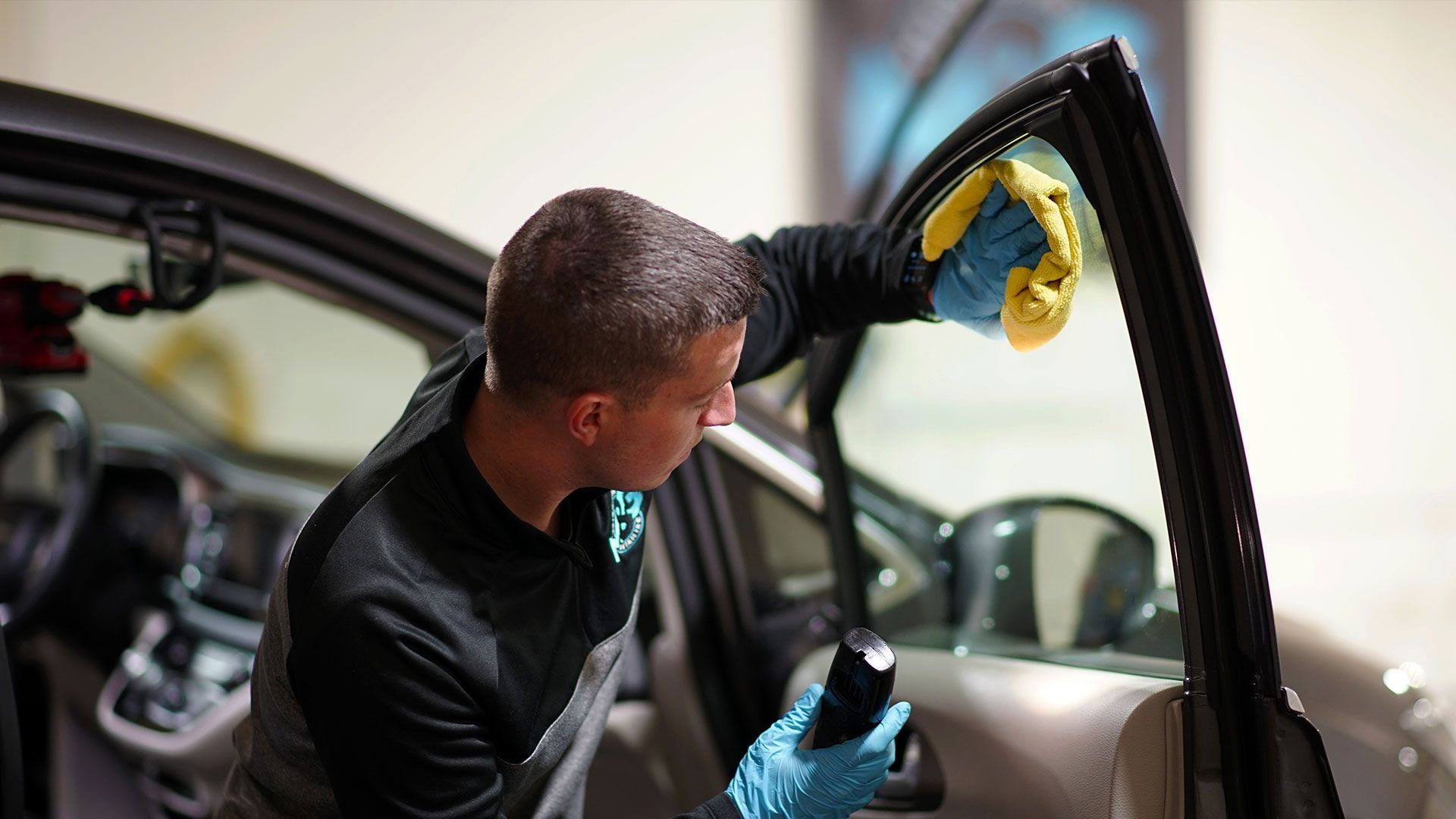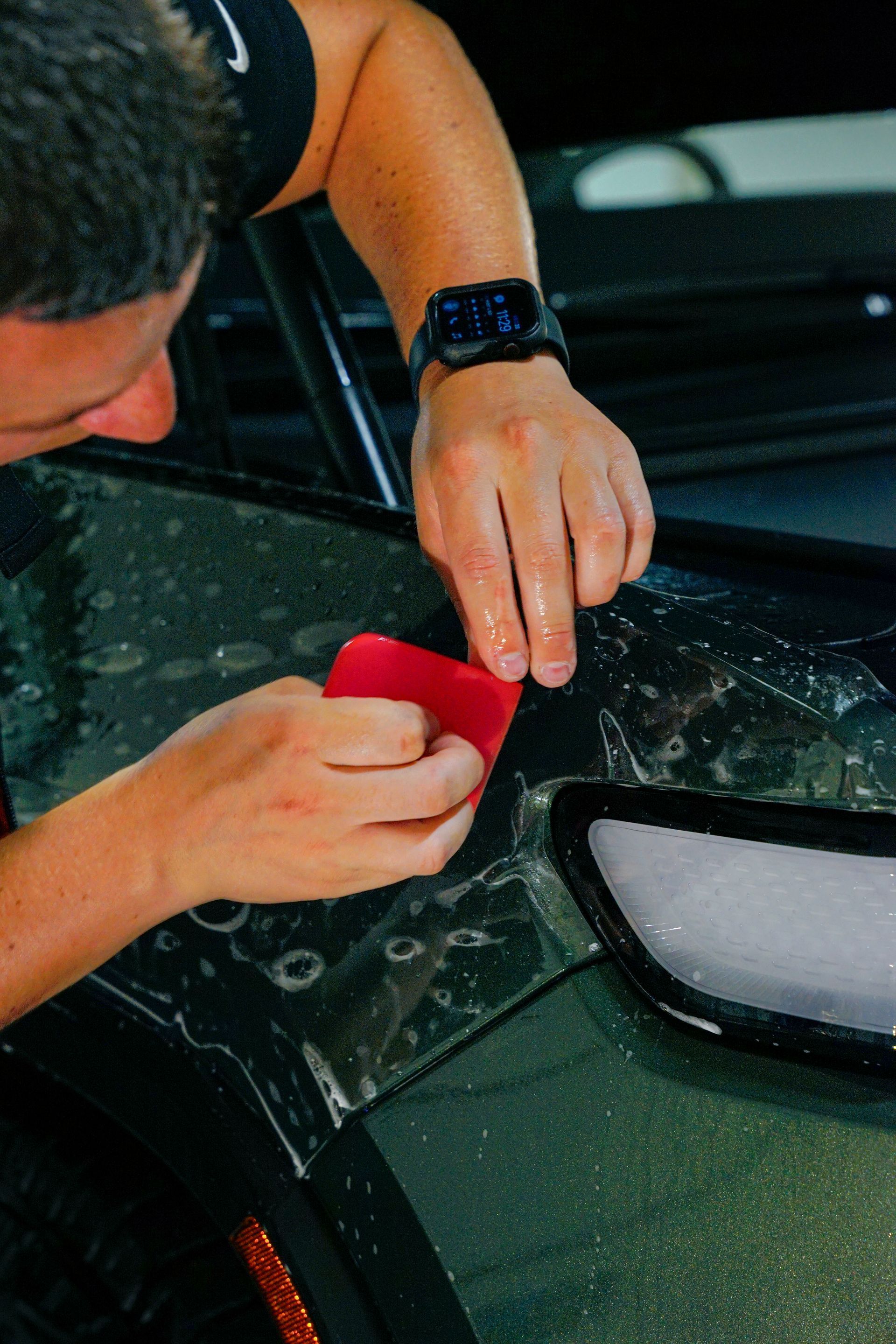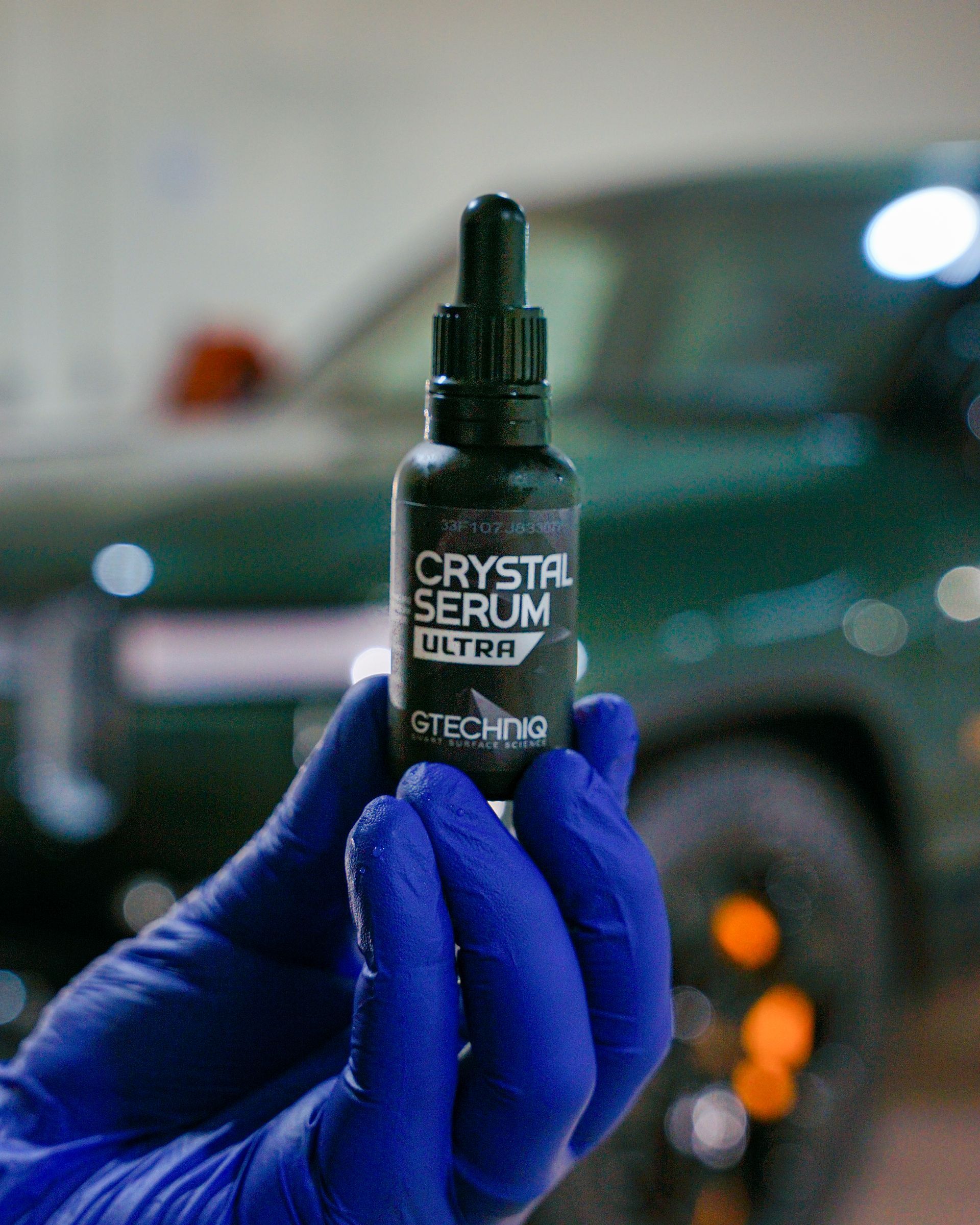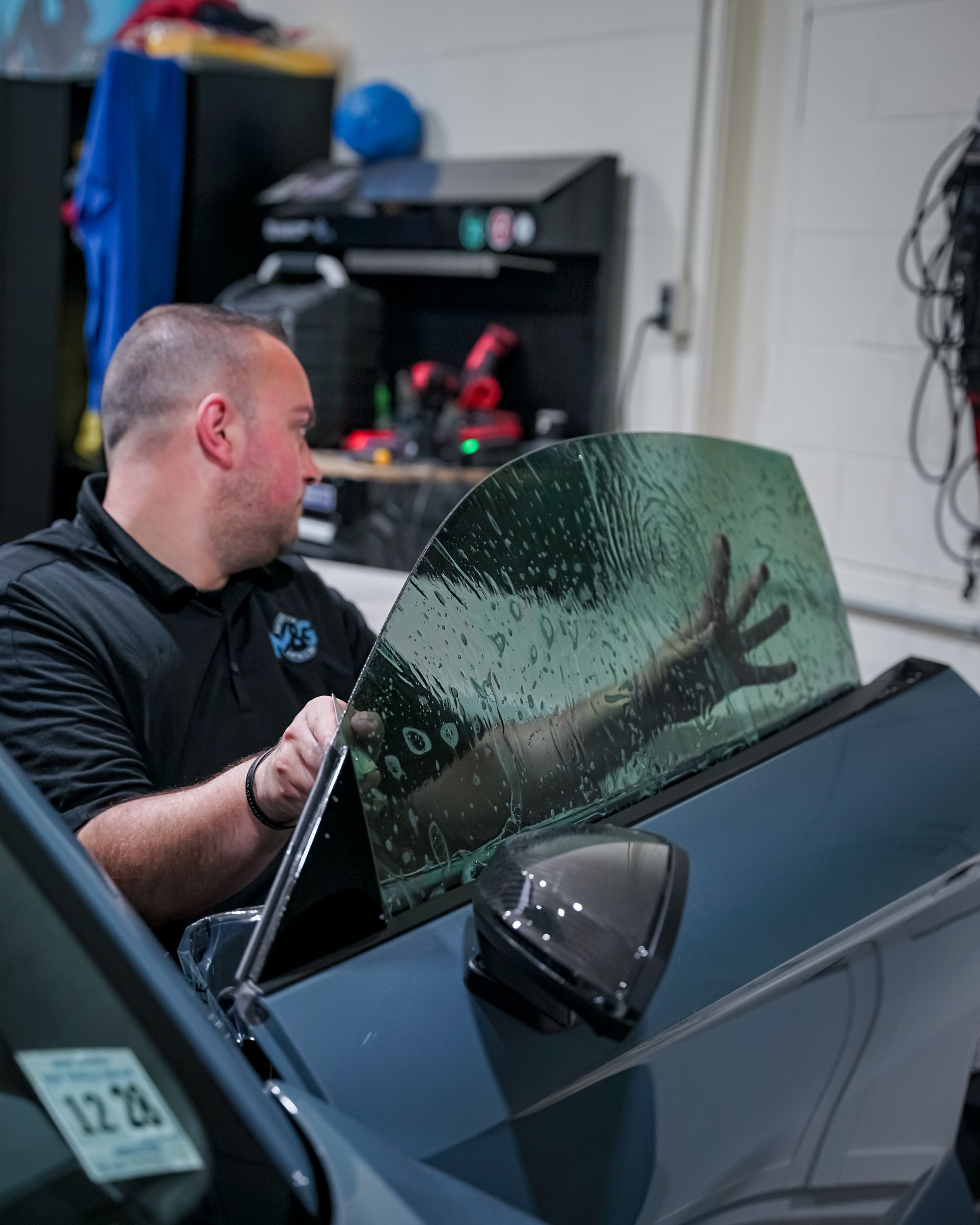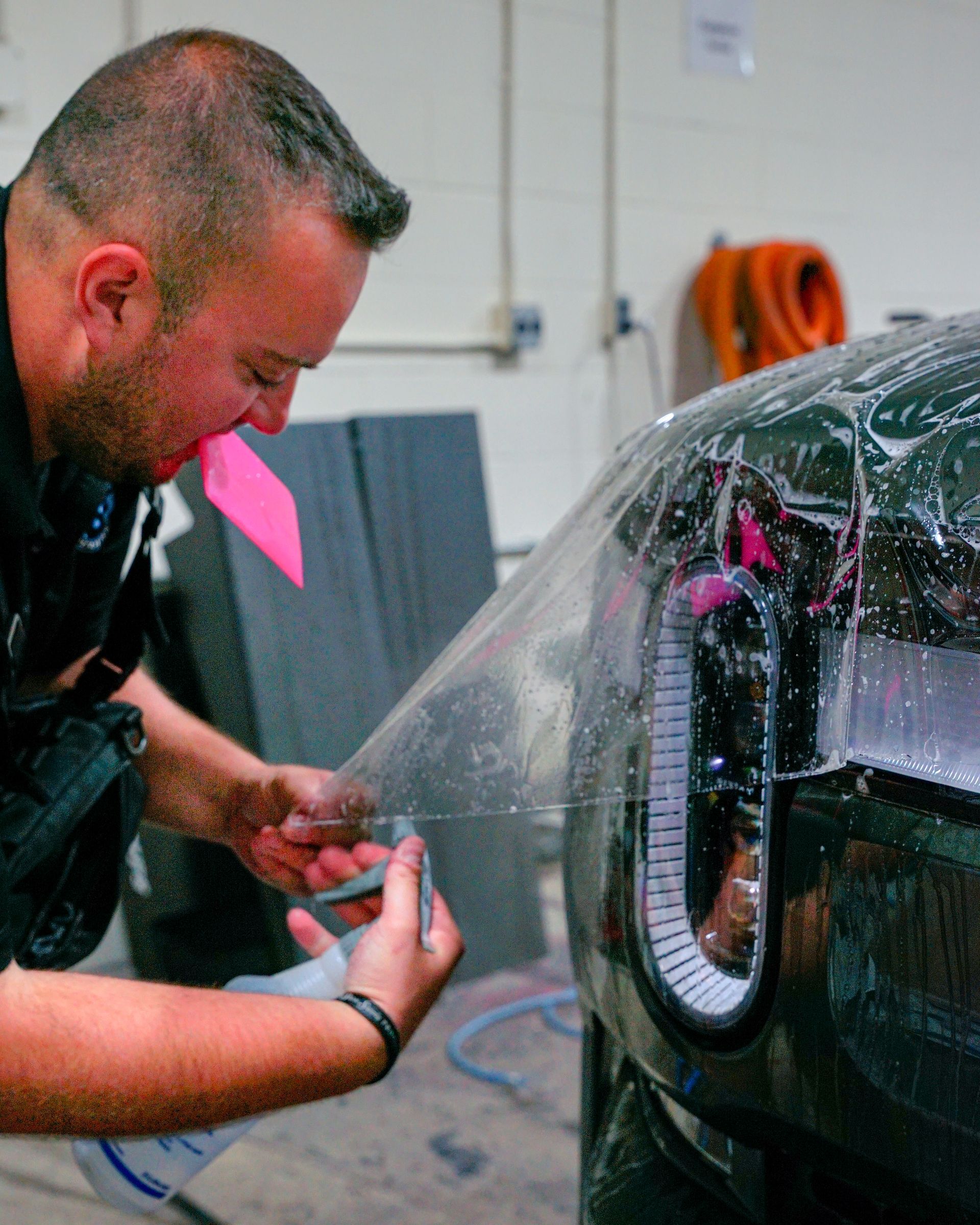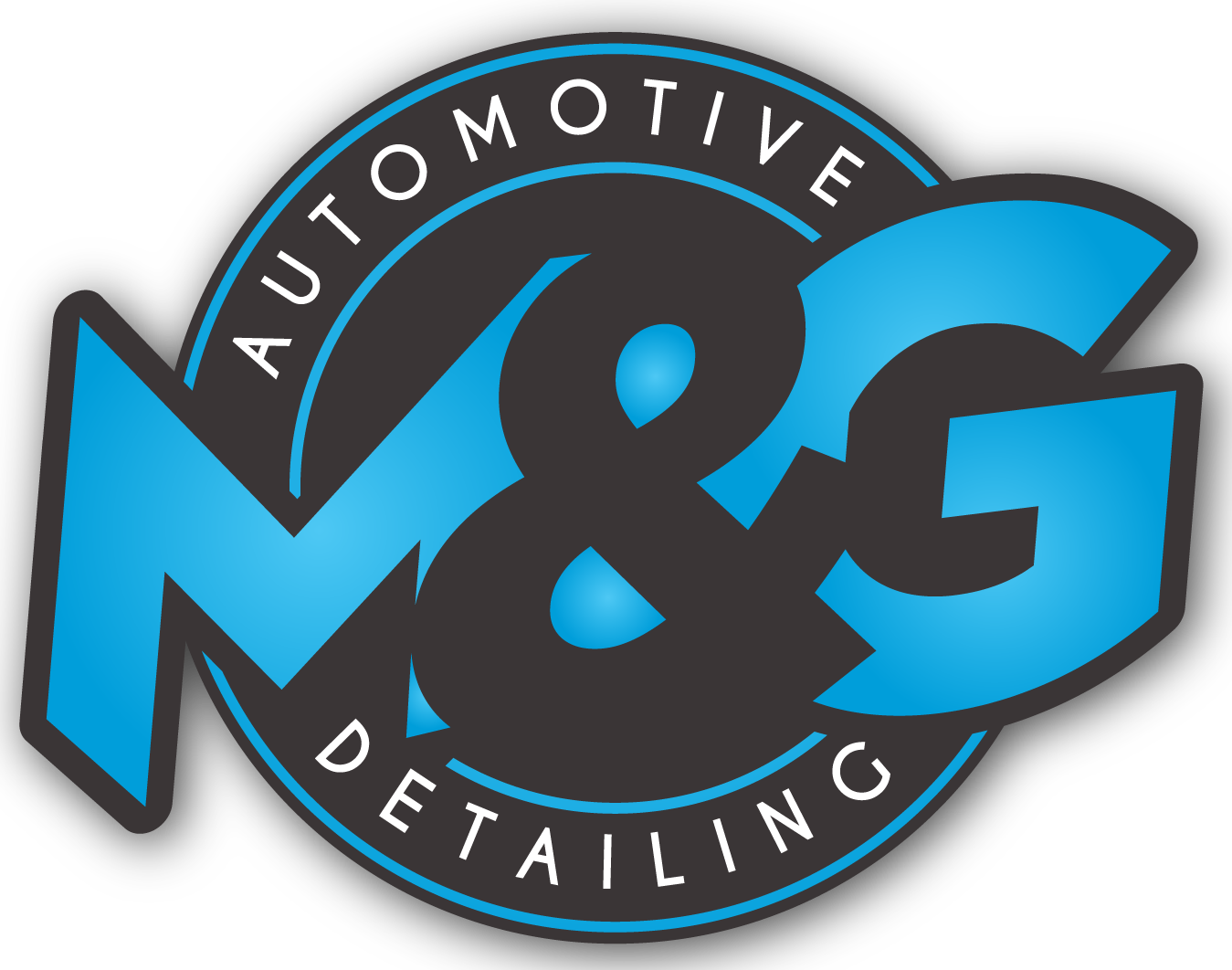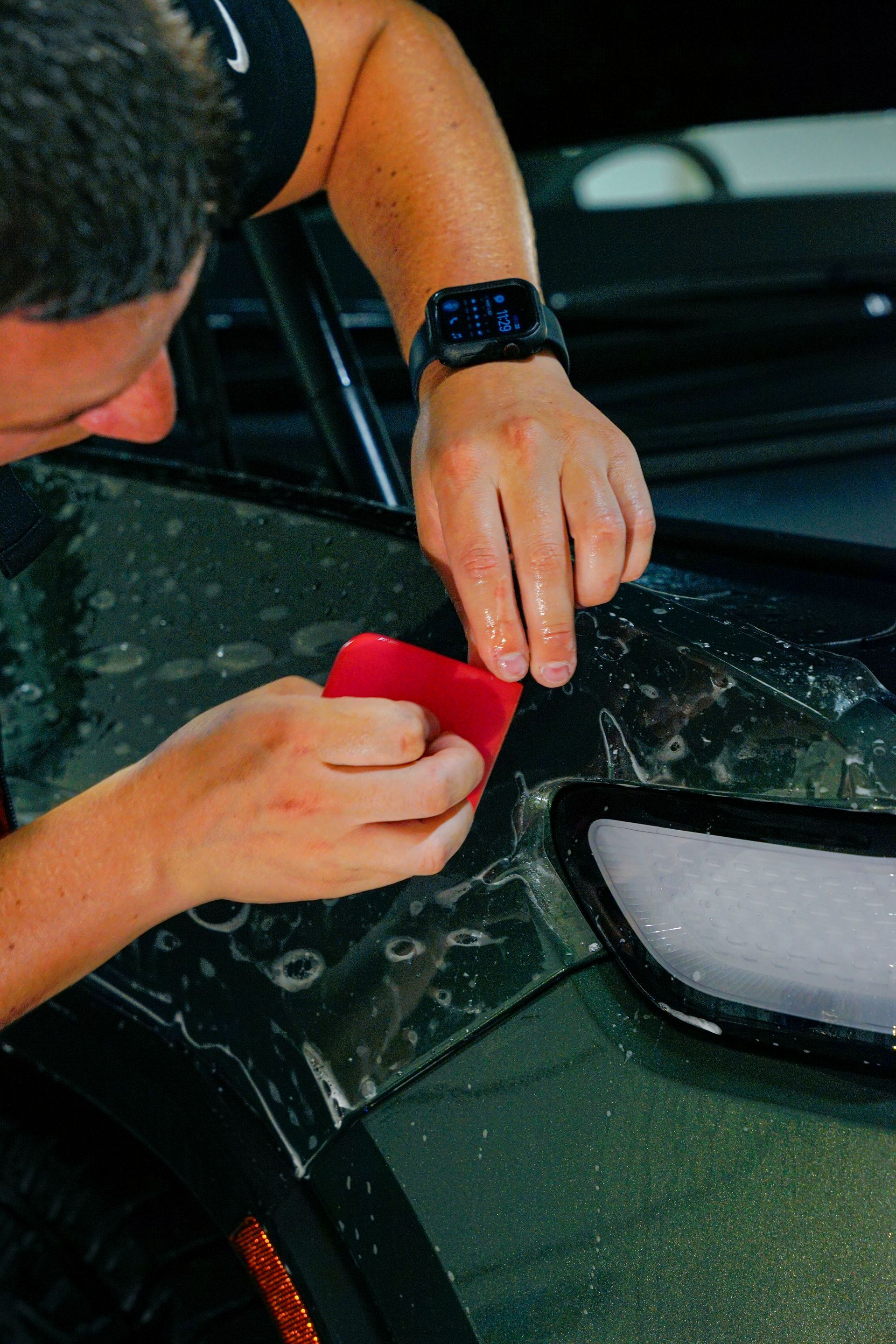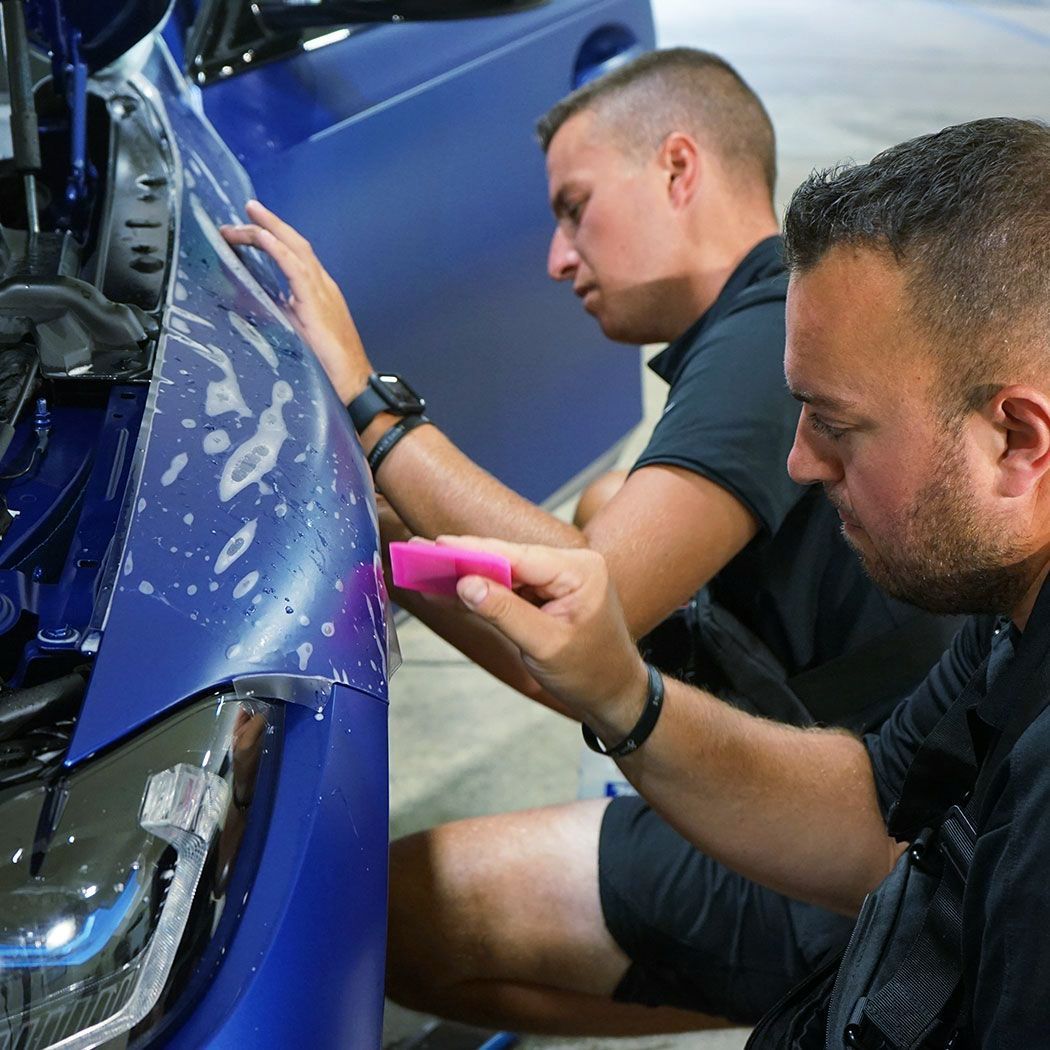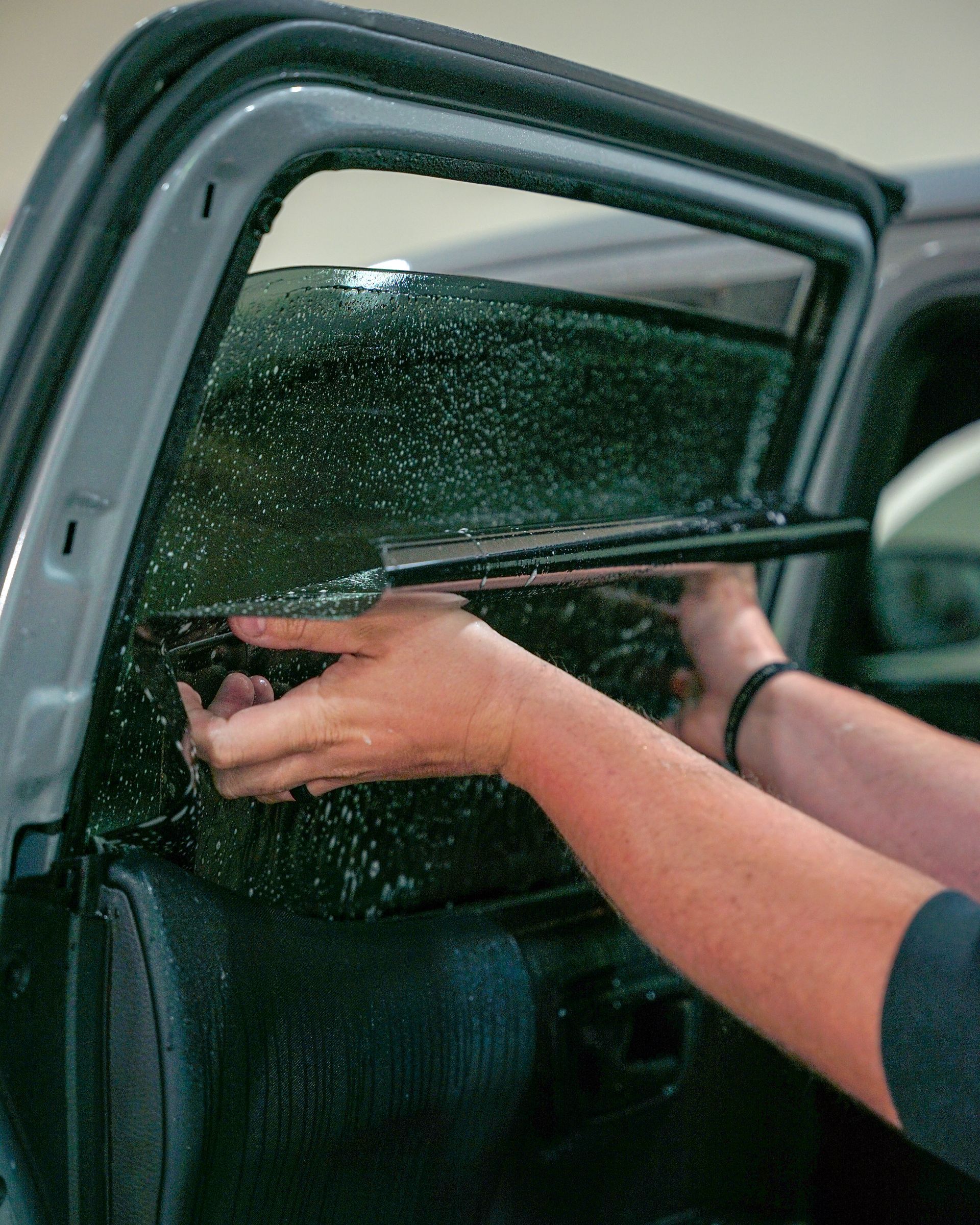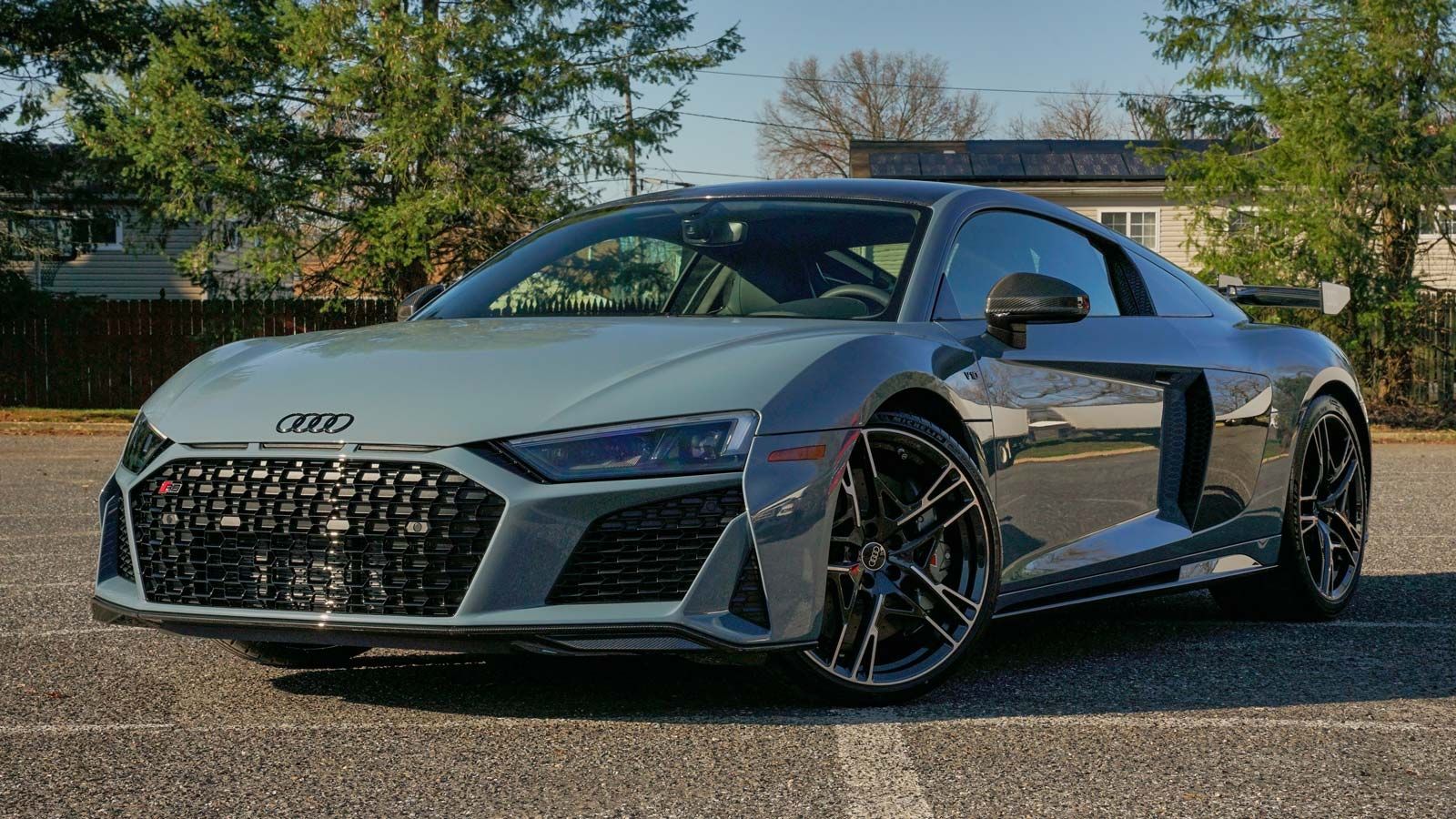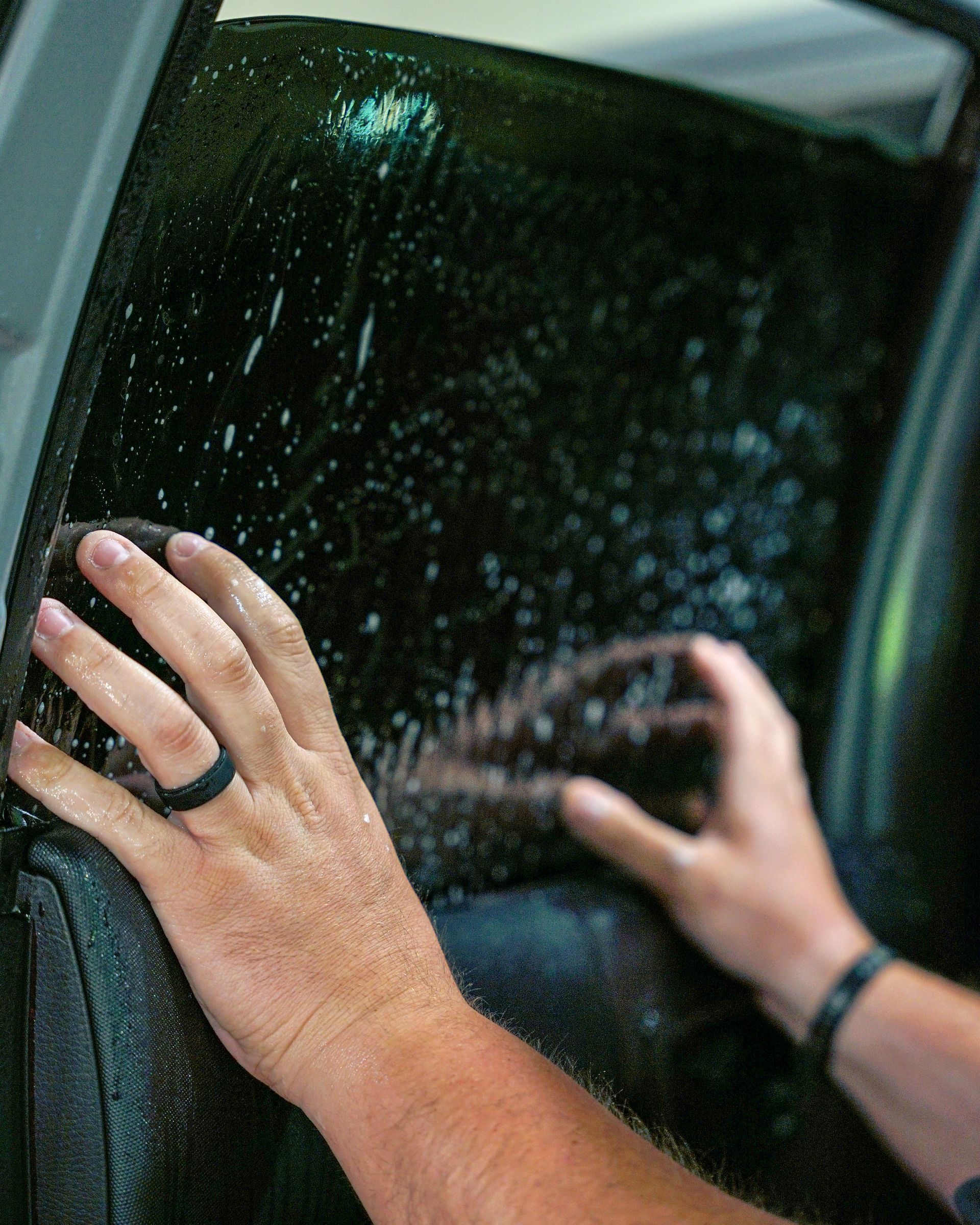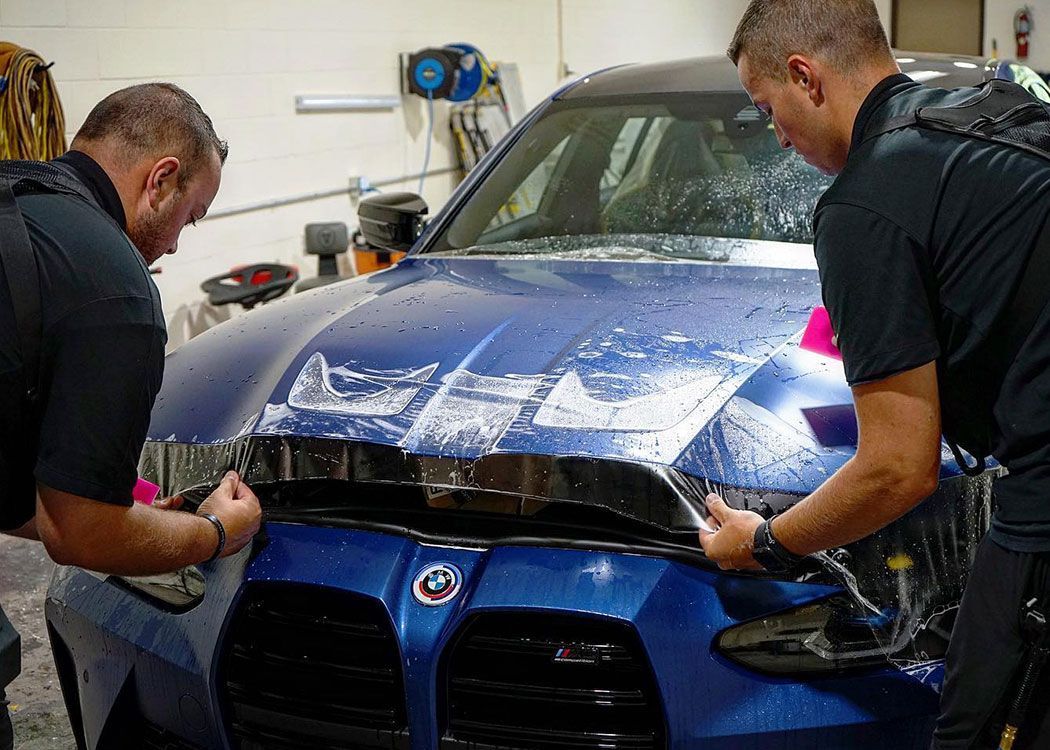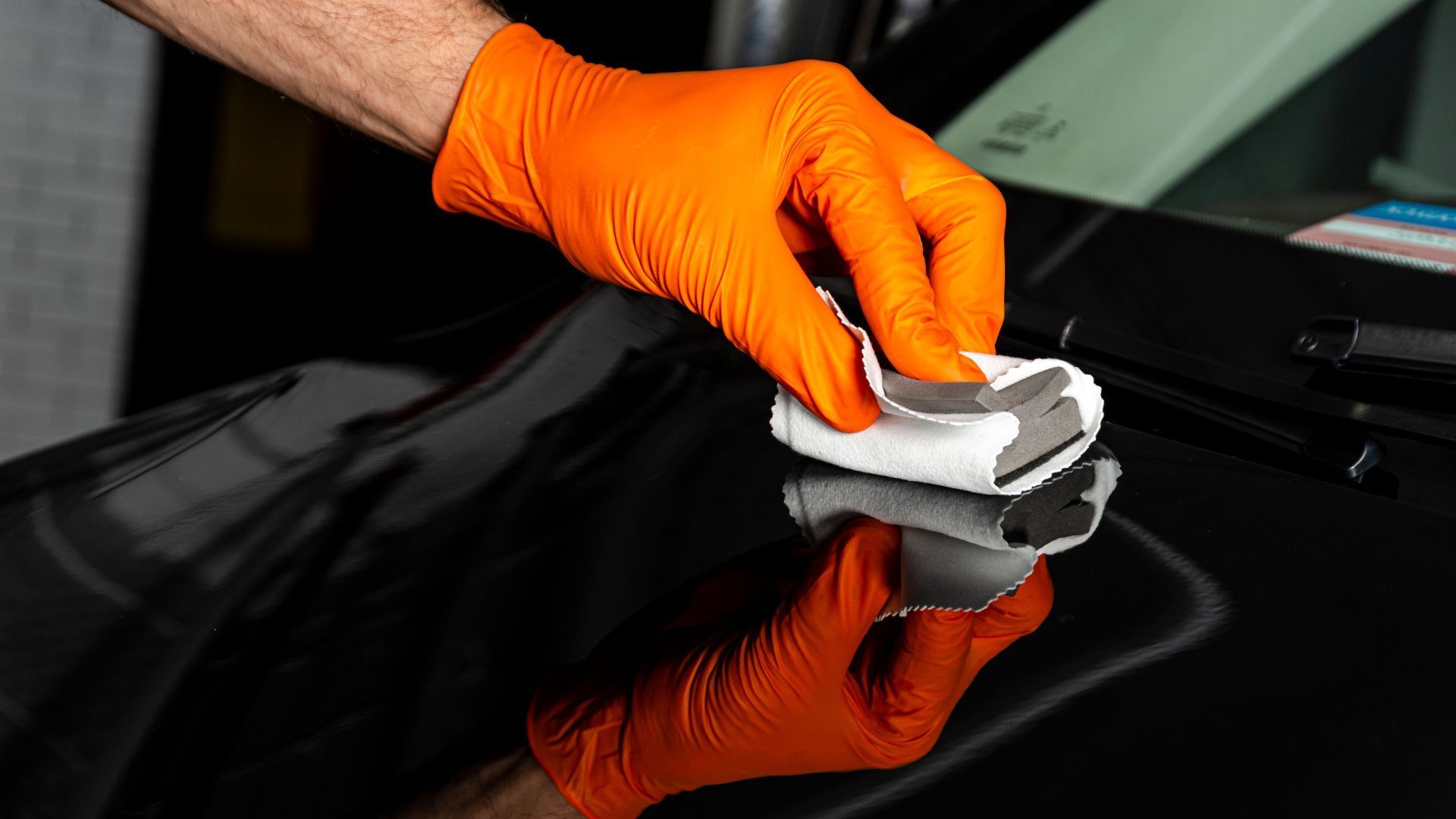Applying PPF to Your Car's Roof: Why Paint Protection Film is Worth the Cost
When it comes to keeping our cars looking fresh and new, many of us think about washing and waxing, but did you know that there's a way to protect your car’s paint from the sun, scratches, and various elements every single day? Enter Paint Protection Film, or PPF for short. This clear layer acts like an invisible shield, guarding your vehicle's exterior from potential damage while maintaining that glossy finish we all love. Investing in PPF not only saves time and effort in upkeep but also helps ensure that when it’s time to sell or trade in your car, it holds onto its value. Let's dive deeper into why adding this protective film to your car's roof is a smart choice and how it can benefit every driver on the road.
Applying Paint Protection Film (PPF) to your car's roof offers significant protection against environmental elements, UV rays, and physical damage such as scratches and chips from debris. This investment not only maintains the aesthetic appeal of your vehicle but can also enhance resale value by preserving the paint underneath.
Top Reasons for PPF on Your Roof
- Shield Against Sun Damage: One of the most compelling reasons to invest in Paint Protection Film is its ability to shield your vehicle from sun damage. Every day, your car is exposed to sunlight, which can cause the paint to fade and degrade over time. Think about that vibrant color you fell in love with when you bought your car—it deserves better than to have its shine dulled by harsh UV rays. The protective barrier provided by PPF acts like sunscreen for your vehicle, maintaining its color and gloss longer than untreated surfaces would. UV protection offered by PPF can block up to 99% of harmful rays, significantly reducing the risk of fading. This not only enhances the vehicle's aesthetic appeal but also helps preserve its resale value.
- Prevent Acid Rain and Bird Droppings Damage: Another significant threat to your car's roof comes from environmental factors such as acid rain and bird droppings. Both carry corrosive substances that can wreak havoc on your car's paint, leading to unsightly stains and potential long-term damage. Here’s where PPF truly shines: it forms a formidable barrier against these harmful agents. When faced with a rainy day or an unfortunate encounter with a bird, you can wipe away contaminants without worrying about compromising the integrity of your paint job. The convenience factor here cannot be overstated; having a surface that wards off these damaging substances means less frequent cleaning and reduced stress over maintaining that showroom finish.
- Protection from Physical Impacts: When we think about physical threats to our cars, many might imagine collisions or accidents, but everyday occurrences can also pose significant risks. The roof of your car is particularly vulnerable—everything from tree branches swaying in the wind to falling acorns can leave marks or even cause dents if struck with enough force. PPF acts as a cushioning layer that absorbs some of this impact, defending your vehicle’s paint against scratches and indentations. Imagine parking under a tree during storm season; typically you'd feel nervous coming back to see the potential damage overhead. With PPF installed, however, your anxiety decreases as you know you've added an extra level of defense against those unforeseen dangers. As a result, you can enjoy peace of mind while out on the road and manage your vehicle without fear of minor encounters ruining its appearance.
Recognizing these essential advantages highlights why adopting this protective measure is crucial for any car owner looking to maintain their vehicle's condition. Now, let’s examine further benefits of enhanced paint protection that solidify the case for PPF.
Enhanced Paint Protection Benefits
When considering paint protection for your vehicle, the advantages of using PPF are compelling and worth reviewing. One of the standout features is its superior durability. PPF is crafted from a transparent urethane material renowned for its resistance to wear and scratches.
When you think about your daily drive—be it city traffic or country roads—you realize just how many potential scrapes and chips could be lurking on the pavement. In fact, studies have shown that this remarkable film can endure impacts up to five times stronger than the paint itself. Imagine having an extra layer guarding against those unseen hazards, from tiny pebbles to errant shopping carts; that kind of protection translates directly into peace of mind.
Moving beyond mere impact resistance, PPF also boasts impressive hydrophobic properties, another key benefit that contributes to its protective prowess. This film's hydrophobic surface causes water to bead up and roll away effortlessly, keeping your vehicle cleaner for longer periods. You might have experienced the frustration of finding water spots after washing your car; with PPF, these unsightly marks become less frequent. The reduced adhesion of dirt and grime not only enhances appearance but also makes regular washing less of a chore. A quick rinse with some soap and water can suffice, saving you not only time but also unnecessary elbow grease.
Ease of Maintenance
With these benefits combined, the ease of maintenance becomes a game changer for car owners who take pride in their vehicle's appearance. Rather than spending precious weekends painstakingly polishing and waxing your car, PPF allows you to focus on enjoying your ride instead. For those meticulous car enthusiasts, this means more weekend drives and less time spent obsessing over imperfections that would typically accrue over time without proper protection.
Making regular washings quicker means that even when life gets hectic, you can keep your vehicle looking pristine without stressing about lengthy upkeep routines. Investing in PPF translates into more than just safeguarding paint; it's about enhancing your overall experience as a car owner by simplifying maintenance and preserving the value of your investment.
As we explore further, understanding how professionals apply PPF and the associated costs will provide valuable insights for informed decision-making.
Professional Application & Costs
When considering applying paint protection film (PPF) to your car's roof, it’s essential to recognize that this isn’t just a DIY task; professional installation is key for achieving optimal results. The costs associated with professional application can range significantly based on several factors. For instance, you might find prices from $500 to $1,000. This amount typically reflects not only the size and type of vehicle but also the expertise of the installer.
Cost Breakdown
To break it down further, a smaller vehicle, like a compact sedan, may lean towards the lower end of that scale at around $500, while larger SUVs or luxury vehicles might push that price closer to $1,000. It's important to remember that these figures usually encompass both labor and material costs. A high-quality PPF consists of durable, advanced polymers designed specifically for automotive applications. Considering the potential cost of repairing scratches or damage to your car's original paint, this investment can save you money in the long run. However, the financial aspect isn't everything; quality is equally vital in this equation.
Why Professional Installation Matters
When applying PPF, having a professional handle the job ensures that you receive the best possible outcome. These installers are equipped with superior tools and honed skills developed through practice—skills that allow them to apply the film smoothly without trapping air bubbles or causing misalignment. This precision is particularly important because any imperfections during installation could lead to potentially costly repairs later on. Not every professional is created equal; taking time to research installers and read customer reviews can prevent future headaches.
Choosing the Right Installer
To ensure you're making a wise choice, look for certified installers who can showcase a solid portfolio filled with previous PPF projects. Their experience will give you confidence in their ability to deliver high-quality results. Additionally, warranties can be invaluable—many reputable professionals offer warranties as lengthy as 10 years, covering peeling or yellowing. An installer who stands by their work indicates they believe in the quality of materials and their application methods.
With these considerations in mind, it becomes clear how much value lies in professional application, allowing you to protect your vehicle effectively as you prepare for the subsequent tasks involved in personal PPF installation.
Steps to DIY PPF Installation
Feeling adventurous? You can apply PPF yourself, though it’s not for the faint-hearted. The first step in this process is to gather your supplies. Make sure to have everything you need close at hand to avoid interruptions once you start. This includes a PPF kit specifically compatible with your car model, a soap and water spray bottle to create a slippery surface, a squeegee for pushing out bubbles, a sharp knife for trimming edges, and either a heat gun or hairdryer for helping the film adhere better. Now that you've got your toolkit ready, let’s move on to prep work, which is crucial.
- Clean the Surface: Before applying the film, you'll want to give your car roof a thorough cleanse. Use your favorite car wash solution mixed with water and generously spray the vehicle's roof. This step isn't just a suggestion; it's essential because any leftover dust, dirt, or oil can form unsightly bubbles under the film and compromise its effectiveness. Imagine spending time and effort only for something as simple as residue to ruin your hard work! Once thoroughly washed, take a microfiber cloth and gently dry the area to ensure it is completely free of contaminants. With a clean canvas prepped and ready, it’s time to prepare the film itself.
- Position the Film: Now comes the exciting part of positioning the film. Spray down the surface of your freshly cleaned car roof again with your soap and water solution—this will help you slide the PPF into position. Lay the film over the top of the roof, ensuring it covers all necessary areas while remaining pliable. Be careful during this step; make sure that no sections are left dry, as this could cause adhesion issues later on. Patience is key here; don’t rush it! Next up is where things can get tricky but also rewarding: application.
- Smooth the Film: Utilizing your squeegee is crucial in this step. Start from the center of the film and push toward the edges, making sure to expel any air bubbles and excess water in the process. It’s almost like smoothing out icing on a cake—take your time. As you apply pressure outward, you’ll see how satisfying it is to watch those bubbles vanish! A heat gun or hairdryer will come in handy here; applying gentle warmth helps conform the film around curves and edges of your car’s design. With those air bubbles gone and the film snug against every contour, we move on to wrapping things up with some finishing touches.
- Finishing Touches: Finally, grab your knife for this concluding step where precision matters most. Trim off any excessive film around the edges of your newly fitted protection layer. This is vital because lingering edges can lead to peeling down the line. After you've tidied everything up, resist the urge to wash your car right away—allow at least 48 hours for the film to set properly before exposing it again to water or other elements.
By tackling each step patiently and methodically, you’ll not only enjoy a sense of accomplishment but also fundamentally enhance your vehicle’s longevity—especially if it's a beautiful color like Canyon Blue that demands extra care. This experience might open avenues towards understanding how effective protective applications contribute significantly to preserving your vehicle's aesthetics and value. As we explore further, let's consider how these protective measures yield benefits that extend well beyond initial application.
Long-Term Benefits of Paint Protection Film
Beyond the immediate protective benefits, PPF also offers several long-term advantages that can transform how you view car maintenance. One significant benefit is the extended paint lifespan it provides. By shielding your car’s paint from harmful UV rays, chemicals, and physical damage, PPF can significantly prolong the lifespan of your vehicle's original finish. Think of it as an invisible shield—one that actively works against fading and wear caused by the sun or everyday pollutants. When your vehicle's paint is safeguarded, you'll find that you won’t need to worry about repainting or touch-ups nearly as often.
This preservation of your car's exterior ties directly into its resale value boost as well. It’s not just a matter of aesthetics; cars with well-maintained paintwork fetch higher resale prices in the market. Potential buyers often look at the condition of the exterior as a reflection of overall care and value. When PPF has helped maintain a pristine surface, your car becomes far more appealing to prospective buyers who are willing to pay a premium for quality appearance. Consider this: a vehicle that looks new will always attract more eyes both on the lot and online. Even beyond visuals, having PPF can communicate that you've been diligent in maintaining your investment, which could facilitate negotiations on price.
Lastly, let's address the cost efficiency over time that PPF brings to the table. While the initial investment might appear steep, consider it a strategic decision rather than an expense. Statistically speaking, those who invest in PPF report significant savings in the long run due to reduced needs for repainting and costly repairs from scratches, chips, or environmental damage. In effect, you're giving yourself peace of mind and protecting your wallet by investing up front rather than paying repeatedly for fixes later down the road.
Additionally, with PPF acting as a barrier against unsightly blemishes—like bird droppings or tree sap—it's easier to keep that flawless exterior intact without frequent trips to detailers or body shops. The longevity of this film means it's an economically sound decision—not just for protecting your vehicle but for preserving its aesthetic value too. Investing in Paint Protection Film isn't merely about immediate protection; it encompasses a strategic understanding of long-term advantages that safeguard your prized possession.
As we move forward, we'll examine whether investing in such protective measures truly justifies the cost associated with them.
Is PPF Worth the Investment?
The debate around PPF often revolves around two aspects: the initial cost and the long-term benefits. While the upfront price of applying PPF can seem daunting—ranging from $500 to $2,000 depending on the service provider and area of coverage—this investment should be viewed through a wider lens than just dollar signs. Think of it as financial insurance for your car's paint, designed to shield it from everyday wear and tear, including road debris, UV rays, and harsh weather conditions.
- High Initial Cost vs. Long-Term Savings: When considering whether to invest in PPF, reflect not only on the immediate costs but also on what's at stake. Without this protective layer, minor dings and scratches could accumulate over time, leading to extensive paint jobs that can cost significantly more than the initial investment in PPF. Additionally, cars with well-maintained exteriors often fetch higher resale values. By protecting your vehicle’s paint with PPF, you may not only avoid costly repairs down the line but also enhance your car’s overall market appeal. If you're someone who typically trades cars every few years or less, preserving its aesthetic without diving into costly repairs right before a sale remains valuable.
- Aesthetic Appeal: For enthusiasts and everyday drivers alike, there's something undeniably appealing about a car that looks immaculately polished. PPF doesn't just act as a functional barrier; it provides an extra layer of gloss that enhances your vehicle's appearance while keeping it looking pristine. If you cherish that showroom look—and let's be honest, who doesn't?—you will likely find tremendous value in this product. Maintaining aesthetics is just as much about enjoying your ride today as it is about safeguarding its future.
- Personal Experience: Anecdotal evidence from fellow car owners consistently supports the notion that investing in PPF pays dividends over time. Many report their cars appearing newer for longer periods while benefiting from decreased maintenance efforts. The self-healing properties of certain films mean that minor scratches and scuffs can vanish when exposed to heat—a game changer for busy individuals who can't afford constant upkeep. With fewer washes needed and reduced wear from environmental factors, PPF not only saves money but also adds convenience back into everyday life.
By carefully weighing these factors—the initial investment against potential savings, aesthetic considerations, and real-life experiences—you may find that Paint Protection Film isn't just worth considering; it’s essential for both safeguarding your vehicle's appearance and enhancing its longevity.
In summary, the decision to apply PPF is rooted in a mix of cost-effectiveness and long-term care—making it a smart choice for any car owner. Investing in this protective layer not only preserves your vehicle’s look but can also lead to significant savings down the road.
Premium Paint Protection Film in Haddonfield, NJ
M&G Automotive Detailing in Haddonfield, NJ, offers expert paint protection film (PPF) installation to safeguard your vehicle’s finish from road debris, scratches, and daily wear. Our high-quality PPF provides a nearly invisible layer of defense, preserving your car’s flawless appearance while making maintenance easier. With precision application and durable materials, we ensure long-term protection without compromising the look of your paint. Give your vehicle the protection it deserves—schedule your PPF installation today!
